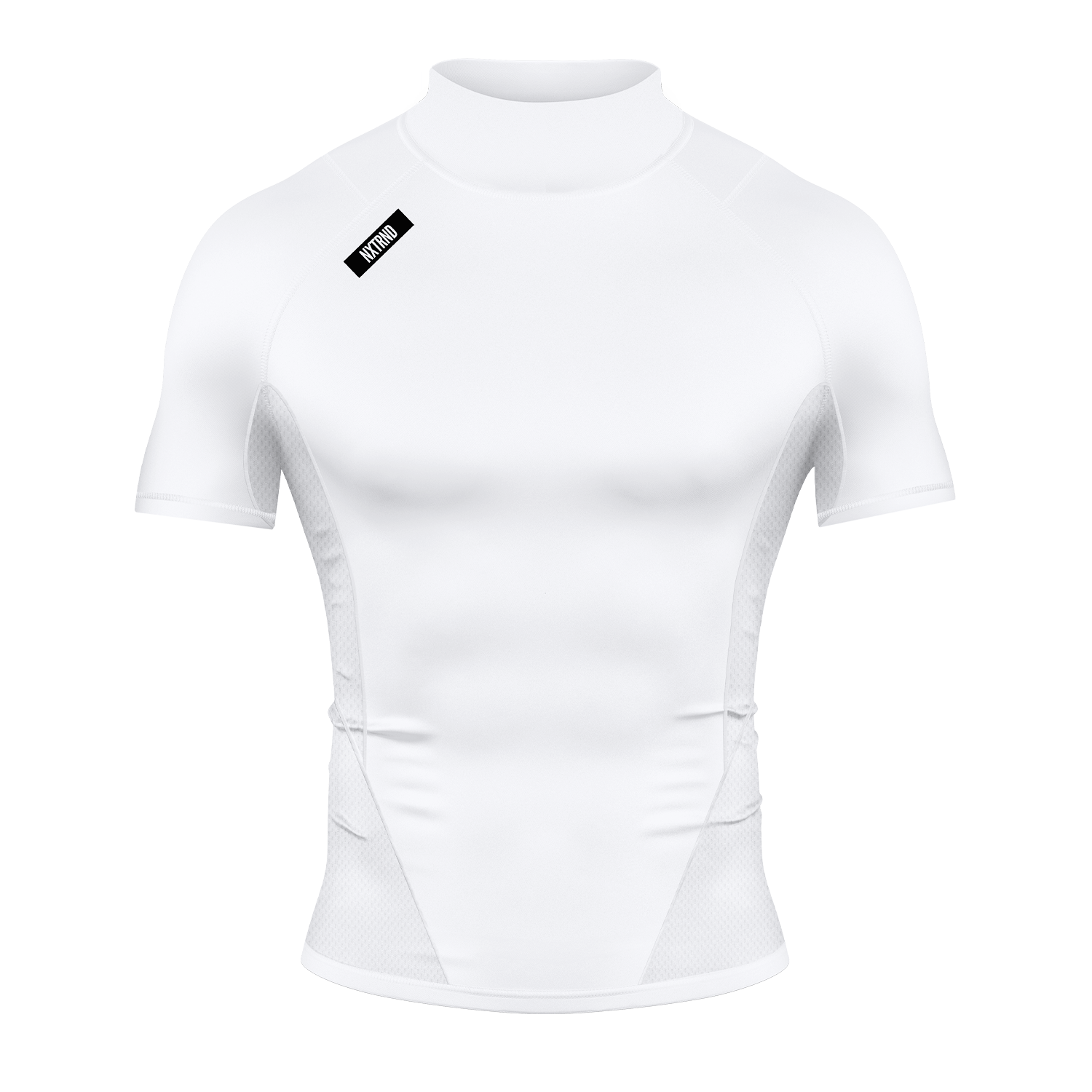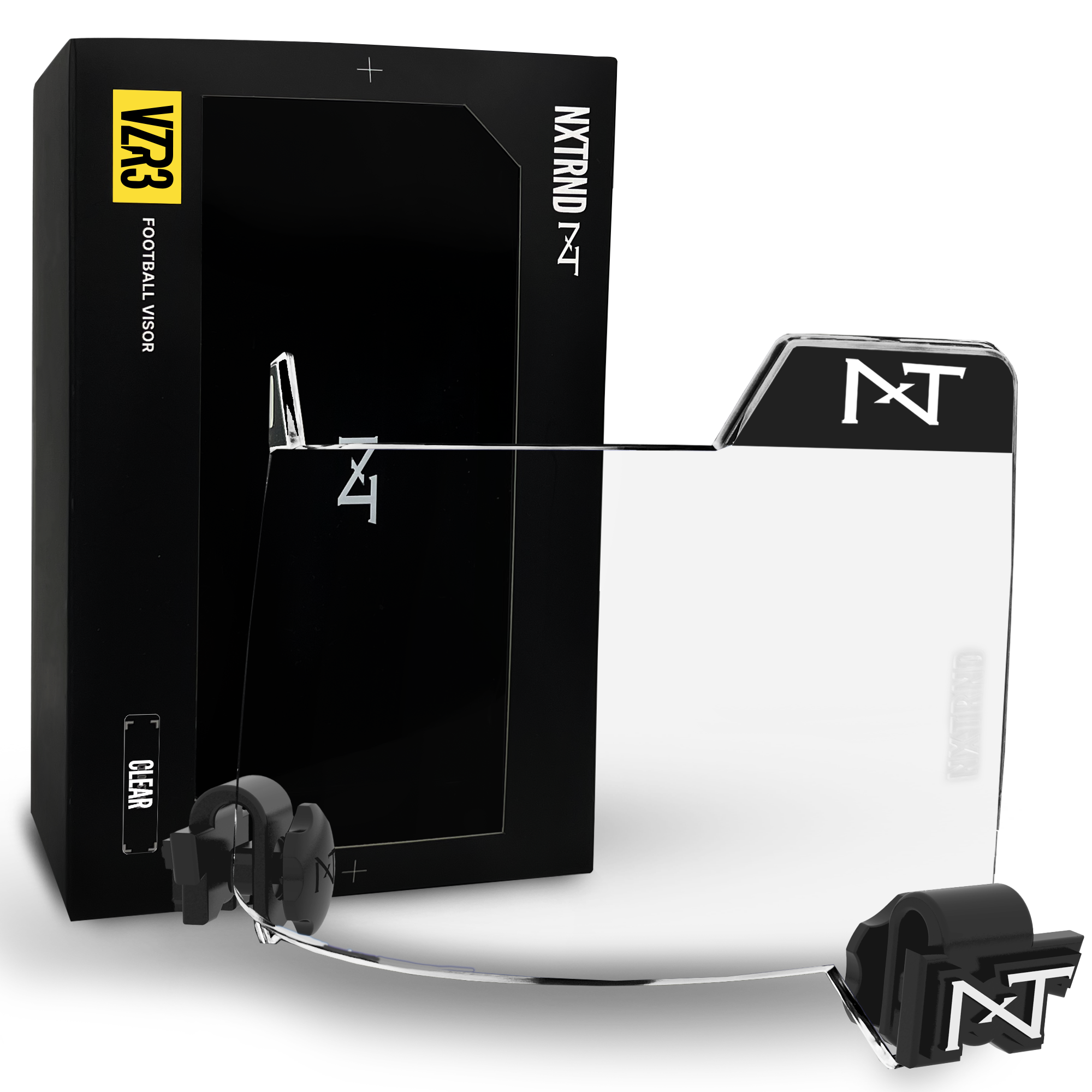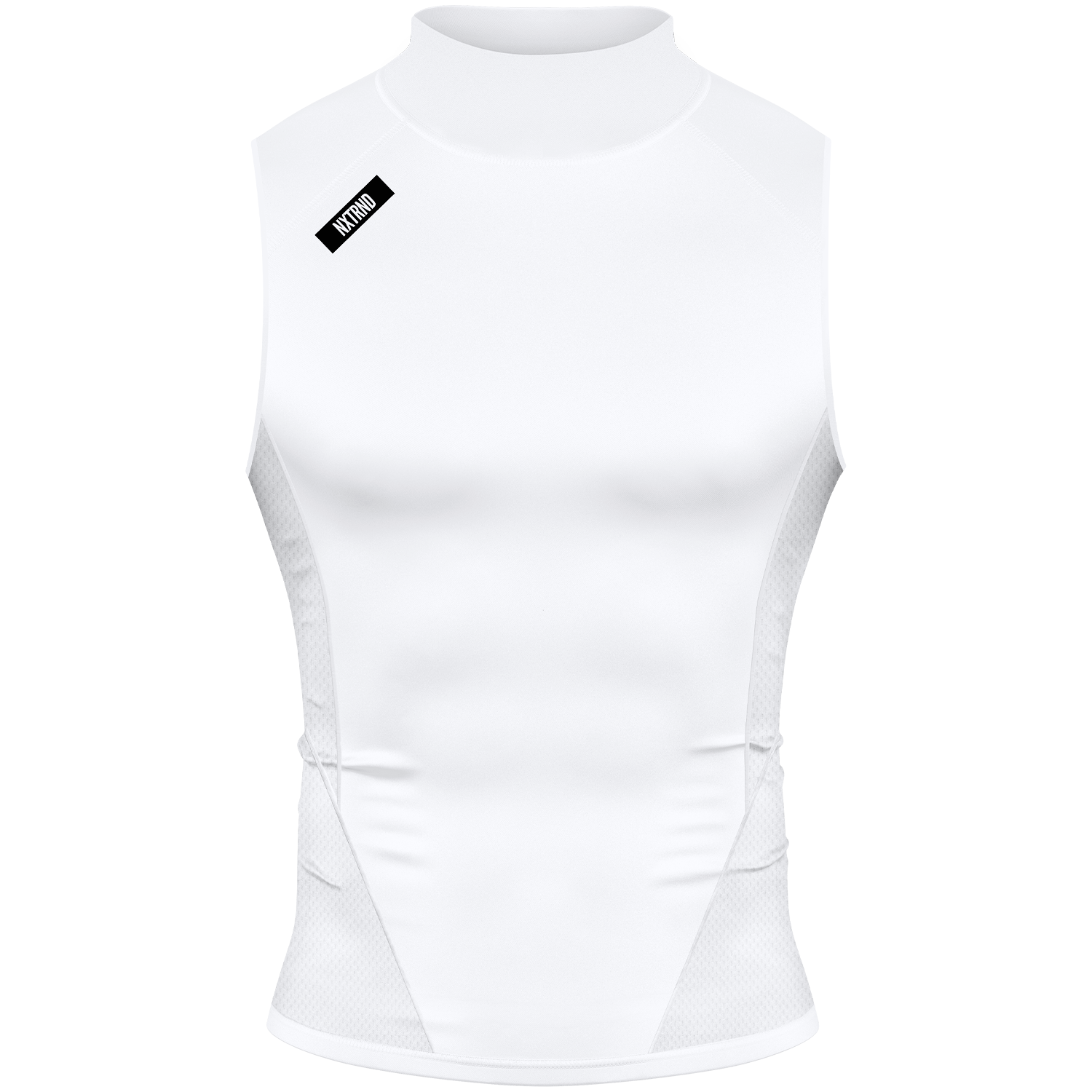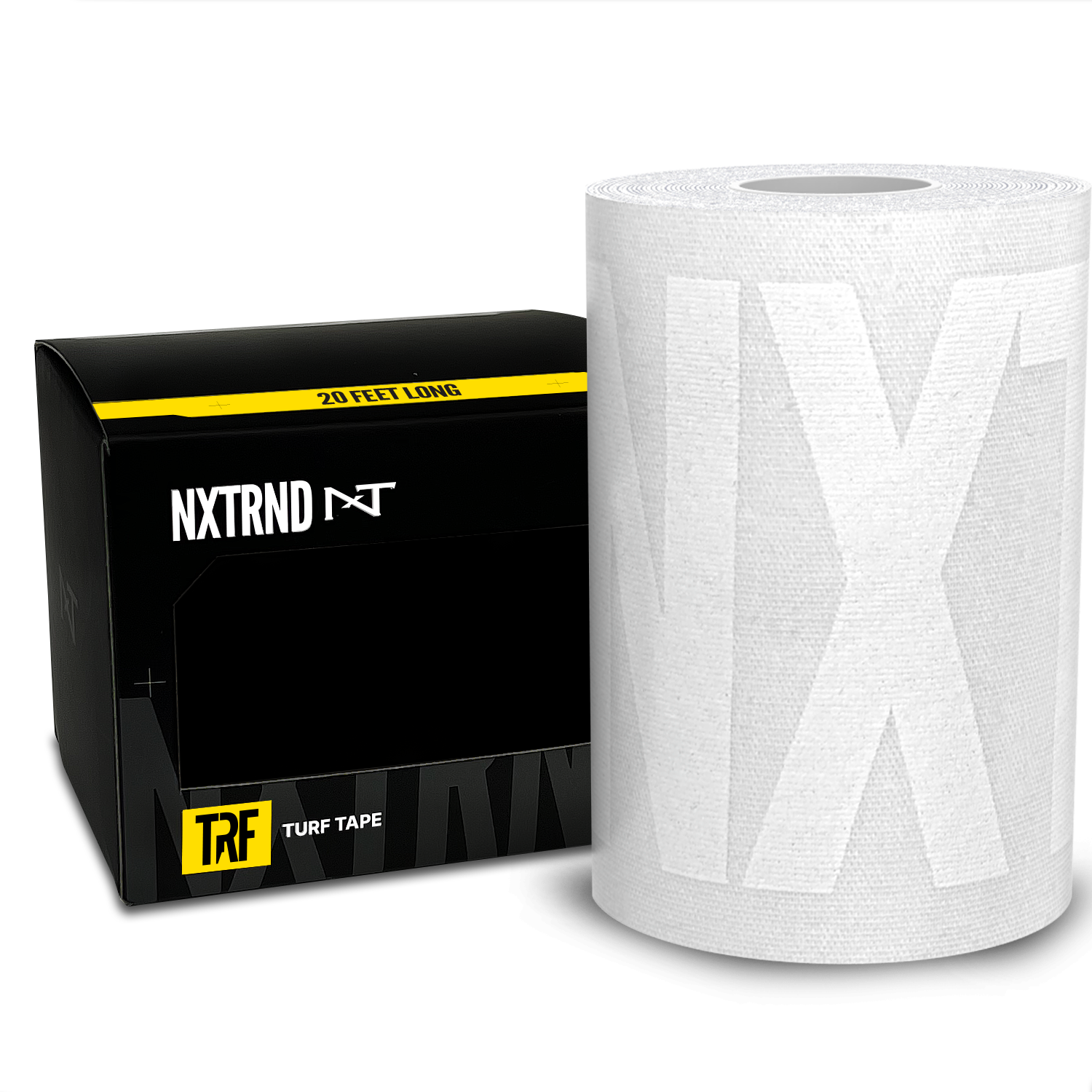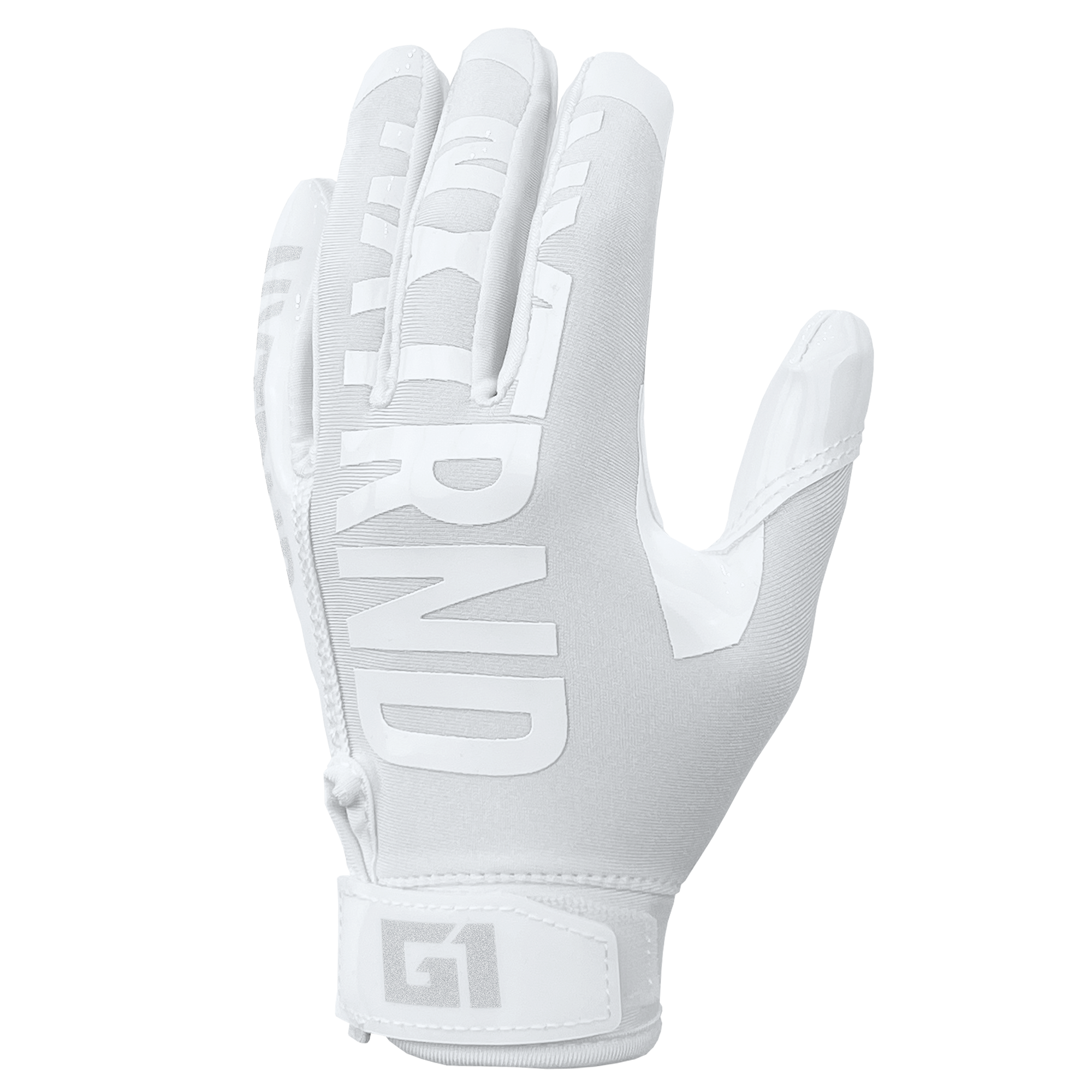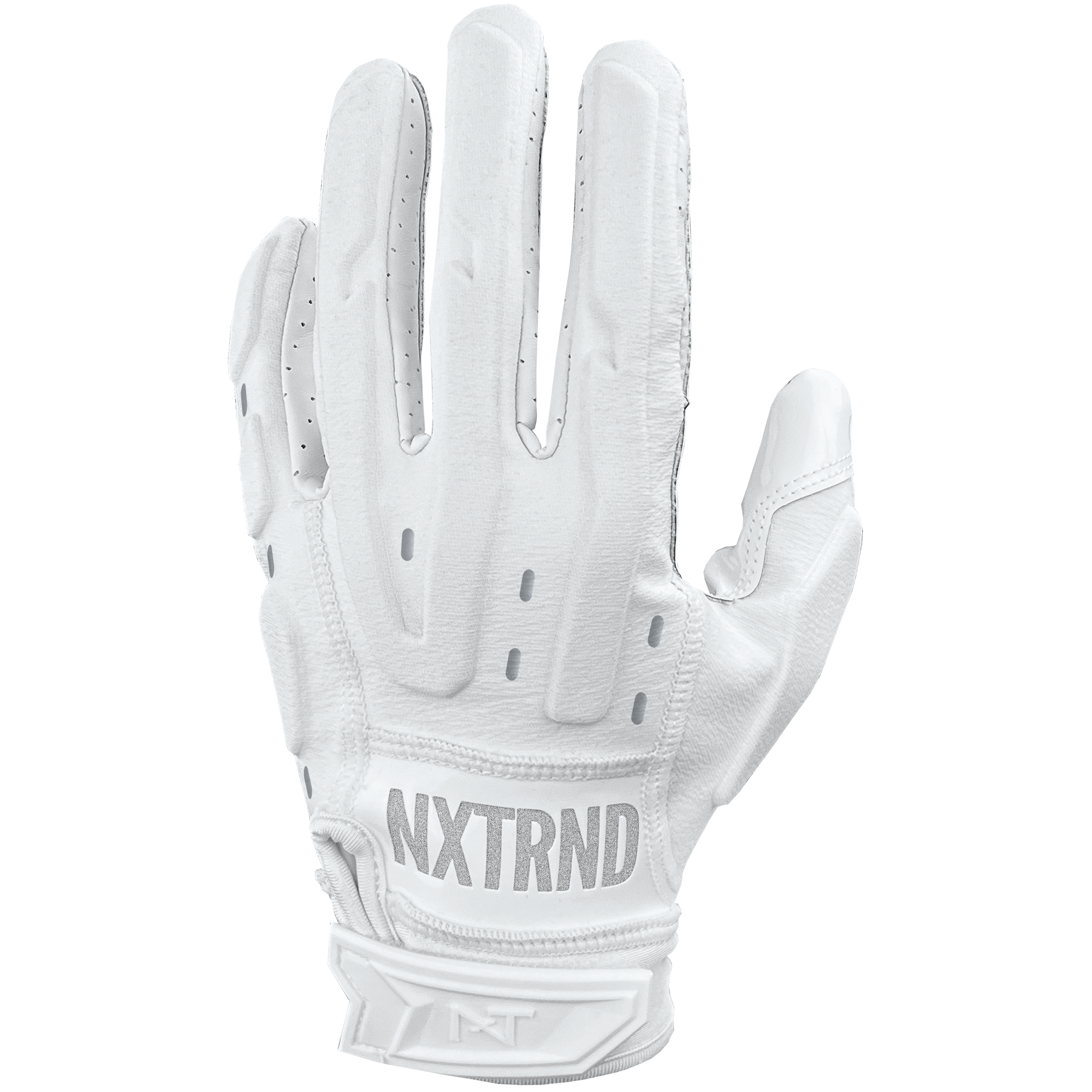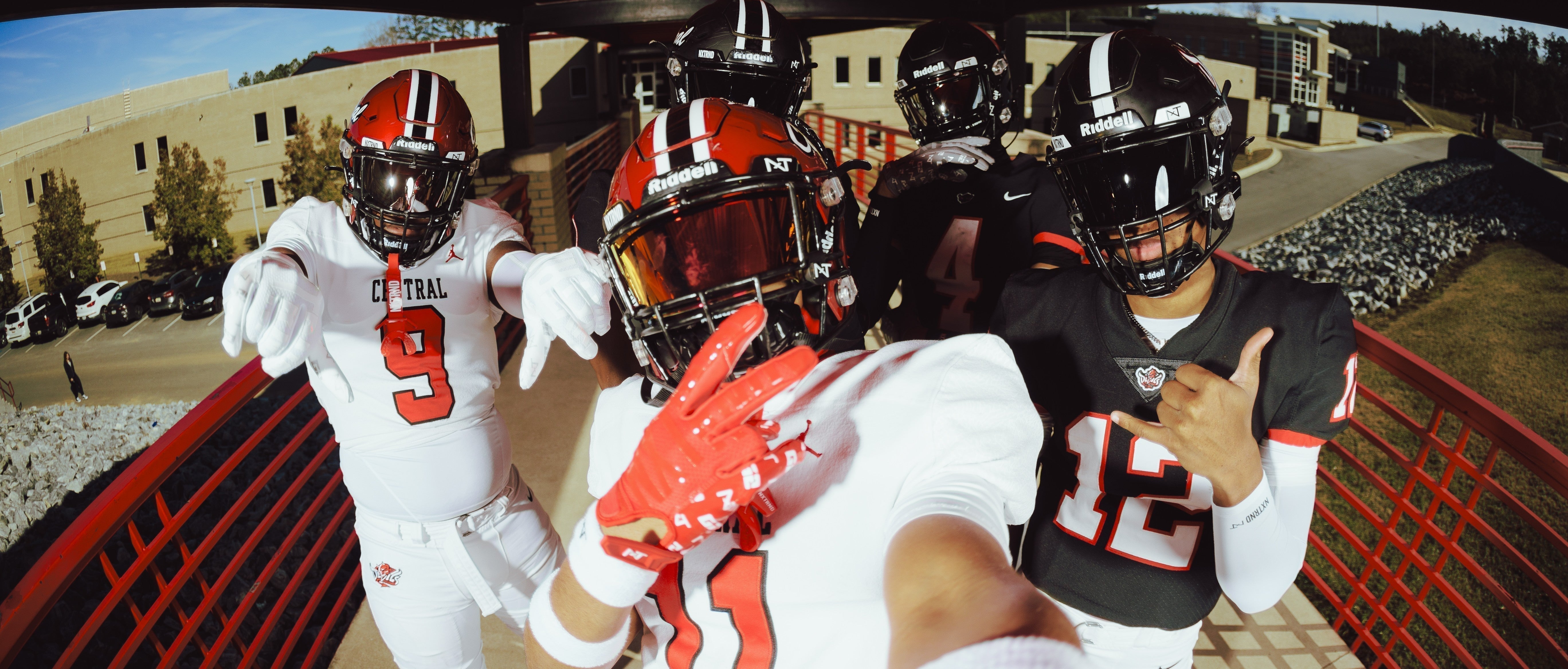
What position should I play in football?
In American football, every position has ideal height and weight ranges, from powerful offensive linemen to quick cornerbacks. This guide breaks down average NFL height and weight by position so you can see where you might fit best.
Whether you’re choosing a role based on your size or just curious about football positions by height and weight, you’ll find everything you need to match your build to the right spot on the field.
Defensive:
Defensive players are usually the biggest and fastest lineman on the team, making them extremely valuable as a position. They must be fast enough to outrun tackles to the quarterback and big enough to dominate collisions between players.
|
Position |
Average Weight (lbs) |
Average Height |
|
Defensive Line (D-Line) |
250 to 290+ |
6'2"-6'6" |
|
Defensive Ends (DE) |
240+ |
6'2"-6'6" |
|
Defensive tackles (DT) |
290 to 350 |
6'3"-6'6" |
|
Linebackers (LB) |
240 to 260 |
6'0"-6'5" |
|
Outside Linebackers |
225 to 240 |
6'2"-6'4" |
|
Inside Linebackers |
240 to 260 |
6'3"-6'5" |
|
Middle Linebackers |
240 to 260 |
6'0"-6'3" |
|
Strong Safeties |
200 to 230 |
6'0"-6'2" |
|
Free Safeties |
180 to 210 |
5'10"-6'2" |
|
Cornerbacks |
190 to 205 |
5'11"-6'1" |
| Slot/Nickel | 180 to 200 | 5'9"-6'0" |
Offensive:
Quarterbacks
Quarterbacks must have great eyesight and fast reaction times. In addition to the great eyesight, they must be tall enough to see downfield openings.
Halfbacks
Halfbacks must be small and quick on their fit. The majority of these players are around 5'9", but some exceptions do prove this statement wrong and are among the taller players.
Fullbacks
Usually former linebackers or offensive lineman, fullbacks are much among the taller players on the field.
Wide Receivers
Good wide receivers are hard to come by. A wide receiver must be fast, tall and have amazing hand-eye coordination.
Tight Ends
Tight ends are usually former offensive lineman with quick reaction times and great catching abilities. Tight Ends also tend to be among the taller players on the field.
|
Position |
Average Weight (lbs) |
Average Height |
|
Quarterbacks (QB) |
220 to 240 |
6'2"-6'5" |
|
Halfbacks |
210 to 230 |
5'10"-5'11" |
|
Fullbacks |
240 to 270 |
5'11"-6'1" |
|
Wide Receivers |
185 to 225 |
5'11"-6'3" |
|
Tight Ends |
230 to 250 |
6'3"-6'5" |
|
Offensive Lineman |
290 to 350+ |
6'5"-6'10" |
|
Offensive Tackles |
290 to 350+ |
6'5"-6'10" |
|
Offensive Guards |
290 to 310+ |
6'3"-6'6" |
|
Offensive Centers |
300+ |
6'1"-6'4" |
Special Teams:
|
Positions |
Average Weight (lbs) |
Average Height |
|
Punters |
190 to 220 |
6’0”-6’2” |
|
Kickers |
1900 to 220 |
5’9”-6’1” |
Do you know which roles are considered the easiest or hardest? See our breakdown of the easiest and hardest positions in football and what skills they require.






















